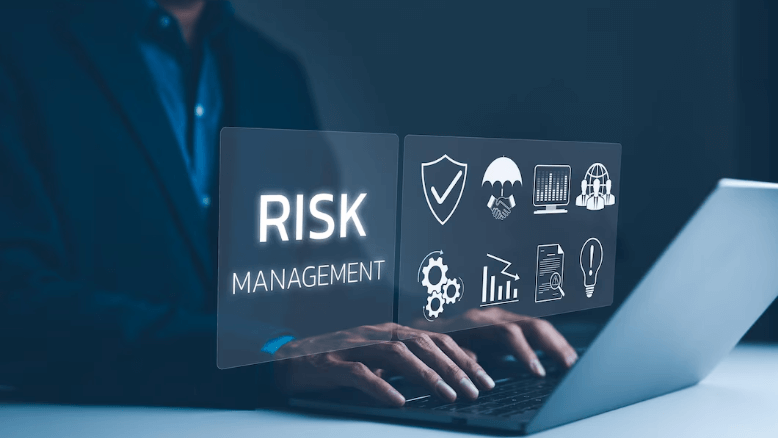4 Steps for CEOs to Mitigate Supply Chain Risks

You could be a CEO, a procurement officer, or a supply chain manager playing a crucial role in ensuring that every product reaches its destination smoothly and efficiently.
Yet, in the last decade many organizations were caught off guard by supply chain disruptions that resulted in billions in recalls across industries like pharmaceuticals, electronics, automotive etc.
These disruptions also resulted in delays and incomplete deliveries, because of which industry-wide OTIF rates have suffered, further straining customer relationships and operational efficiency.
CEOs now know that they can’t afford not to prepare for a potential disruption. The key is to build resilience now, not after the next crisis hits. Here’s how:
Understand Your Supply Chain Risks
Known Supply Chain Risks: These are predictable and manageable, such as the risk of a supplier going bankrupt, which can be determined by looking at their financial situation.
Cybersecurity threats can also be quantified using advanced systems that analyze IT infrastructures.
Unknown supply chain risks: These are wild card events that are random, highly improbable events that have enormous impact.
Mathematician and philosopher Nassim Nicholas Taleb termed such events as “black swan” events.
A surprise natural calamity or an undiscovered cybersecurity risk might impair your supply chain. While predicting them is difficult, you may mitigate their impact by instilling a culture of alert and preparedness.
Build a Risk-Monitoring Operation
Invest in advanced supplier risk management. Create a team equipped with AI-powered tools to monitor risks across your entire supply chain, from direct suppliers to the deepest tiers.
Consider risks from operational, financial, and geopolitical angles. Use data to track key risk indicators (KRIs) and plot these risks on a matrix to guide your response.
Simplify Your Product Portfolio
In our quest to meet every consumer’s desire, we’ve overcomplicated our product lines. It’s time to streamline. Simplify designs, standardize components, and reduce the number of suppliers.
This not only cuts costs but also minimizes risk. Moreover, reducing product complexity can alleviate working capital crunch by lowering inventory levels and decreasing overhead costs.
Take Control of Your Supply Chain
Reevaluate your make-or-buy strategies. Invest in digital technologies like 3D printing. Consider reshoring or near-shoring manufacturing to reduce dependencies.
Follow Tesla’s lead—design and make critical components in-house to ensure supply chain integrity. Strengthen financial resilience to withstand credit crunch situations by maintaining a healthy balance sheet and diversified funding sources.
Are You Prepared for the Next Crisis?
Preparing for the next crisis might seem daunting, but it’s essential. The CEOs who act now will not just survive—they’ll thrive in a post-crisis world.
Global supply chains and their inherent risks are here to stay. By embracing proactive risk management and fostering a culture of resilience, we can turn challenges into opportunities for innovation and growth.
Moglix has been, for almost a decade, working with organizations to mitigate the supply chain risks in India and the UAE.
With our integrated procurement SaaS Solution, working capital solutions, catalog-based buying solutions, prequalified 20K+supplier base combined with ever evolving state-of-the-art physical warehouse network we have been helping organizations to build start building long-term resilience into their supply chain.

